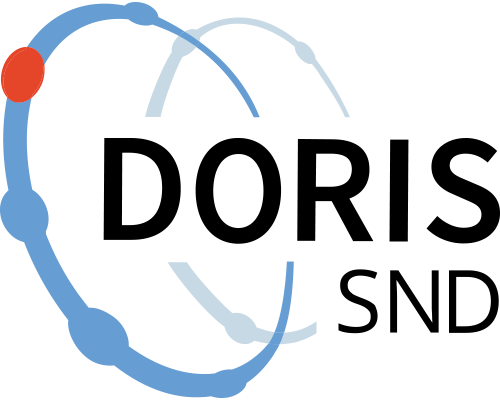The BAMSE project
Both hereditary and environmental factors influence the risk of children developing lung- and allergy-related diseases, but how these factors affect the age of onset and prognosis has been little studied. Similarly, it is unknown which factors determine whether these diseases regress during childhood, remain mild, or worsen. A unified database that tracks lifestyle and allergic diseases from birth through adolescence is lacking both nationally and internationally.
Use of the infrastructure: From 1994 to 1996, over 4,000 children were born in pre-selected areas of Stockholm County. These children have been followed with repeated questionnaires and examinations as part of the BAMSE project (at ages 0, 1, 2, 4, 8, 12, 16, and 24 years). Additionally, the BAMSE COVID-19 follow-up study, initiated in August 2020, aims to investigate risk factors for COVID-19 and the long-term health consequences among young adults. In a new project, we also plan to study how allergic diseases affect the introduction to working life. We will collect information on work-related factors from the LISA register and the MiDAS register for study participants who have not declined to allow their information to be collected from national and regional registers.
A large database with more than 6,000 variables containing all collected information has been gradually built up. A comprehensive national and international research collaboration has been established around environment and genetics in relation to the development of lung and allergic diseases within the framework of the project.
With data from the collected material, the development of allergic diseases has been described, as well as risk factors for allergic diseases and the consequences for quality of life due to such diseases. More than 300 scientific articles have been published, 42 doctoral dissertations and one licentiate thesis have been presented. Ongoing extensive work is being done to develop the database by adding and evaluating collected data, working with descriptions of individual and composite variables used by the various research groups, and developing epidemiological/statistical analysis techniques. With the help of epidemiology assistants and statisticians, high quality in the datasets used by different research groups is ensured.
New research opportunities: More than 30 senior researchers within KI, nationally outside KI, and internationally collaborate with the project. The project is part of a European collaboration involving several cohorts to achieve sufficient statistical power. Data on more than 30,000 children are included in the joint European database, to which BAMSE contributes data on 4,000 children. Several areas can be researched, but the main focus will be on lung and allergic diseases, environment, and genetics. Significant efforts are being made to make the database well-known and accessible to researchers. The structure of the BAMSE database is available on the internet across three sites.
Significance: Due to its population-based recruitment, repeated follow-ups with the collection of biological material throughout childhood and adolescence, low attrition, more than 6,000 variables, European collaboration, and the establishment of a joint database of more than 30,000 children, there are excellent opportunities for world-leading research aimed at preventing lung and allergic diseases and reducing the burden for those already affected.
Aim: The aim of the project is to study risk factors and how environment, lifestyle, and heredity influence the development of asthma and allergies. During the course of the project, the aim has expanded to also include other common public health diseases such as chronic obstructive pulmonary disease, obesity, and cardiovascular disease.
Go to data source
Opens in a new tabhttp://ki.se/imm/bamse-projektet
Documentation files
Documentation files
Citation and access
Citation and access
Data access level:
Creator/Principal investigator(s):
- Magnus Wickman - Karolinska Institutet - Institute of Environmental Medicine
- Göran Pershagen - Karolinska Institutet - Institute of Environmental Medicine
- Inger Kull - Karolinska Institutet - Institute of Environmental Medicine
- Erik Melén - Karolinska Institutet - Institute of Environmental Medicine
- Anna Bergström - Karolinska Institutet - Institute of Environmental Medicine
